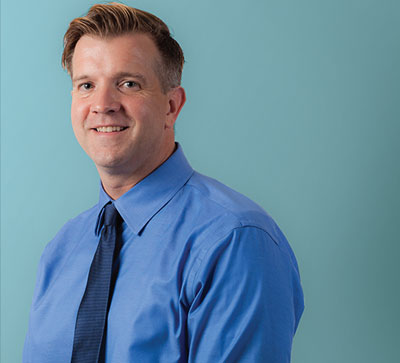Teaching Academic Survival Skills

Seven years. That’s about how long new research scholars in basic science have to “sink or swim.” Institutions measure their value by the number of articles published and grants received, but rarely throw them any sort of flotation device. “When I needed data about our health system to write an NIH grant, the attitude was basically, we don’t have time for your science fair project,” says Carrie Byington, M.D., associate vice president for faculty and academic affairs. Byington watched her peers drop out, one by one. “I didn’t want to see talent wasted like that ever again.”
Byington set out to change the culture and find a better way for the research and clinical missions to work together. Today she’s created faculty-mentoring programs for clinical and translational scientists, educators, and health care providers across the health sciences. These programs support junior faculty members as they develop their careers, helping guide them to the resources that can propel their career forward. These programs offer a one-stop shop to help assistant professors build successful clinical, education and research programs and translate their work into successful applications for promotion and tenure. Seminars, new faculty orientation, grant writing expertise, access to experts in statistical methods and data analysis, and intensive one-on-one mentoring all work together to ensure that excellent faculty members don’t fall through the academic cracks. Most importantly, the programs help faculty members see that the institution is committed to investing in them and in their futures.
“When you think of academic health care, there are so many reasons not to be in it. We work harder, get paid less, and our focus is always divided between clinical care, education and research. And yet we stay, because our contributions have the power to make a difference.”


